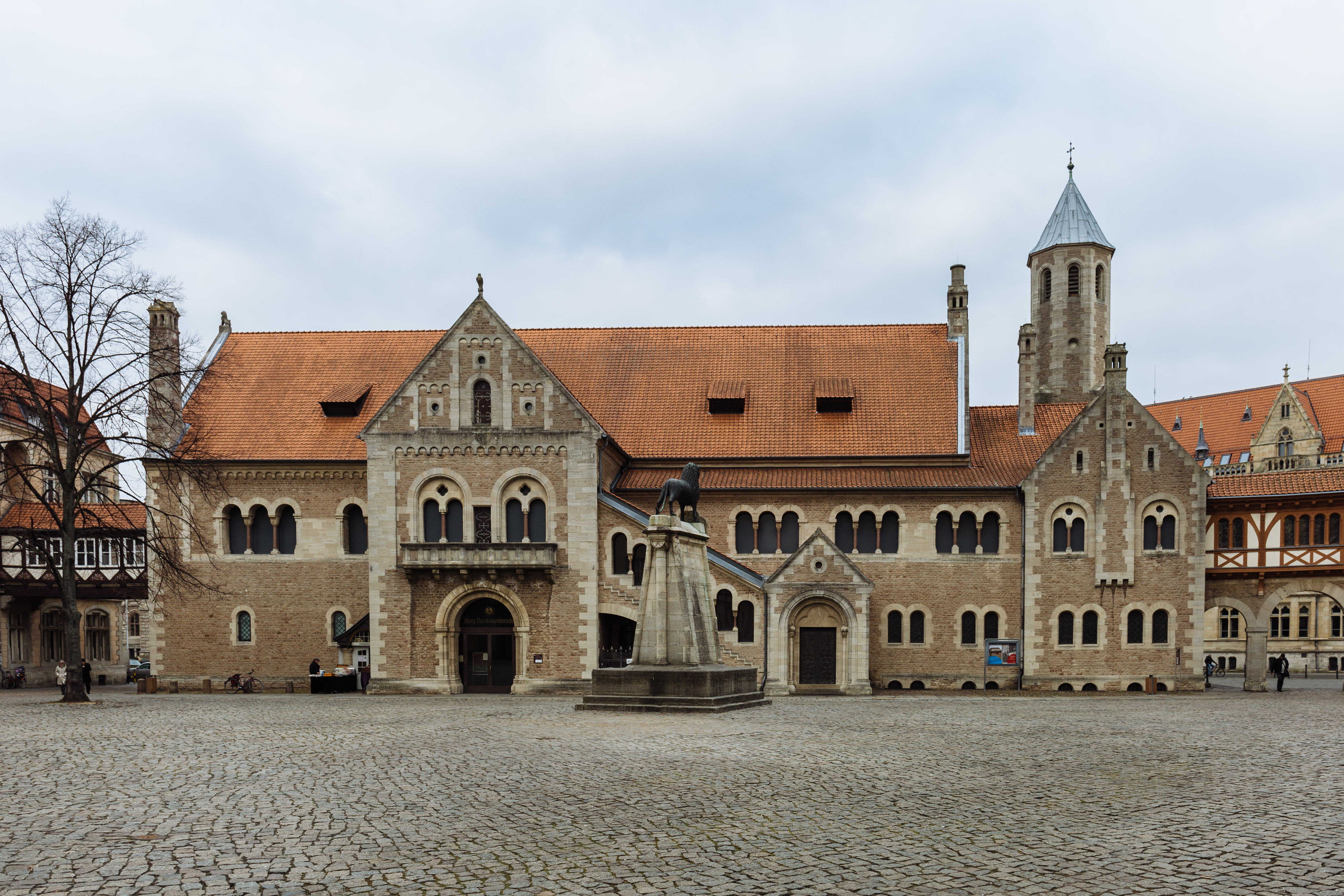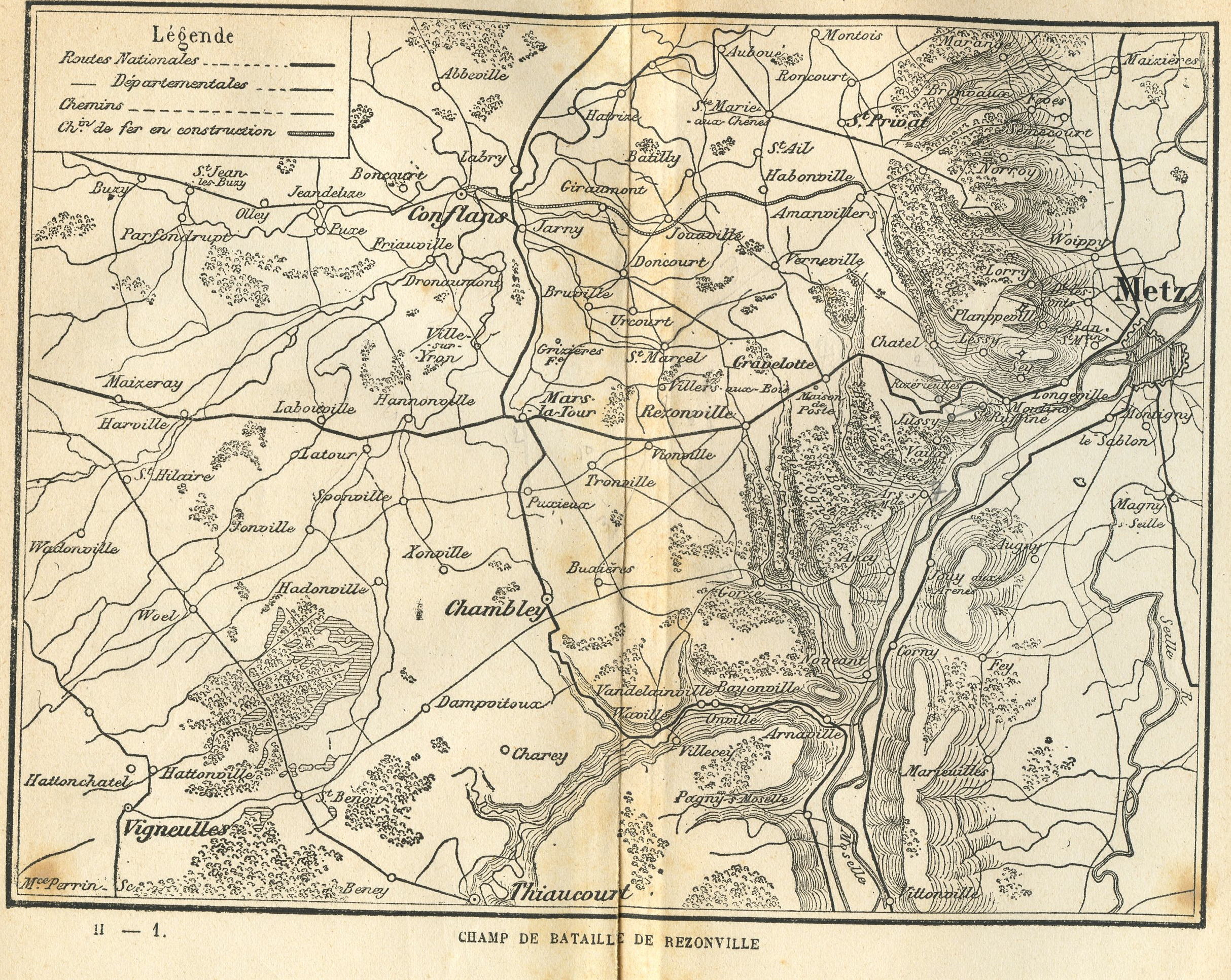|
östliches Ringgebiet
The Ă–stliches Ringgebiet is a ''Stadtbezirk'' (borough) in the eastern part of Braunschweig, Germany. With a population of 26,559 (2020) it is the city's second most populous district. History Originally located outside of the city, the ''Ă–stliche Ringgebiet'' (Eastern Ring Area) was developed as a residential area during the GrĂĽnderzeit in the late 19th century, when industrialisation caused a rapid growth of population in the city. The centre of the district is the boulevard '':de:Jasperallee, Jasperallee'', originally ''Wilhelm II, German Emperor, Kaiser-Wilhelm-StraĂźe'', developed in 1889 by :de:Ludwig Winter (Architekt), Ludwig Winter and modeled after Unter den Linden in Berlin. Lined with bourgeois townhouses, the Jasperalle connects the Staatstheater Braunschweig, State Theatre in the west with the ''Stadtpark'' in the east. The name of the street was changed in 1946 to honour the social-democratic politician Heinrich Jasper, who died in 1945 in the Bergen-Belsen con ... [...More Info...] [...Related Items...] OR: [Wikipedia] [Google] [Baidu] |
Braunschweig
Braunschweig () or Brunswick ( ; from Low German , local dialect: ) is a List of cities and towns in Germany, city in Lower Saxony, Germany, north of the Harz Mountains at the farthest navigable point of the river Oker, which connects it to the North Sea via the rivers Aller (Germany), Aller and Weser. In 2024, it had a population of 272,417. The Braunschweig-Wolfsburg-Salzgitter region had 1.02 million residents including the cities Wolfsburg and Salzgitter, it is the second largest urban center in Lower Saxony after Hanover. The urban agglomeration of Braunschweig had a population of 551,000 with almost 45% having a migration background, making it the most diverse urban agglomeration in the whole Niedersachsen, state. The city consists of 37.5% immigrants (approximately 102,000) with a high amount of migrants coming from other European countries, Asia and Africa. 73% of the Germans residing in Braunschweig come from different parts of the country, particularly North Rhine West ... [...More Info...] [...Related Items...] OR: [Wikipedia] [Google] [Baidu] |
Alliance 90/The Greens
Alliance 90/The Greens (, ), often simply referred to as Greens (, ), is a Green (politics), green political party in Germany. It was formed in 1993 by the merger of the Greens (formed in West Germany in 1980) and Alliance 90 (formed in East Germany in 1990). The Greens had itself merged with the East German Green Party after German reunification in 1990. Since November 2024, Franziska Brantner and Felix Banaszak have been co-leaders of the party. It currently holds 85 of the 630 seats in the Bundestag, having won 11% of first votes and 11.6% of second votes cast in the 2025 German federal election, 2025 federal election, putting it in fourth place of the seven political parties by number of seats. Its parliamentary co-leaders are Britta Haßelmann and Katharina Dröge. The Greens have been part of the federal government twice: first as a junior partner to the Social Democratic Party of Germany, Social Democrats (SPD) from 1998 to 2005, and then with the SPD and the Free Democrat ... [...More Info...] [...Related Items...] OR: [Wikipedia] [Google] [Baidu] |
Motorsport
Motorsport or motor sport are sporting events, competitions and related activities that primarily involve the use of Car, automobiles, motorcycles, motorboats and Aircraft, powered aircraft. For each of these vehicle types, the more specific terms ''automobile sport'', ''motorcycle sport'', Motorboat#Racing, ''power boating'' and ''air sports'' may be used commonly, or officially by organisers and governing bodies. Different manifestations of motorsport with their own objectives and specific rules are called disciplines. Examples include Race track, circuit racing, rallying and Classic trial, trials. Governing bodies, also called sanctioning bodies, often have general rules for each discipline, but allow supplementary rules to define the character of a particular competition, series or championship. Groups of these are often categorised informally, such as by vehicle type, surface type or propulsion method. Examples of categories within a discipline are formula racing, stock car r ... [...More Info...] [...Related Items...] OR: [Wikipedia] [Google] [Baidu] |
Prince Albert Of Prussia (1837–1906)
Prince Albert of Prussia (; 8 May 1837 – 13 September 1906) was a Prussian Generalfeldmarschall, general field marshal, ''Herrenmeister'' (Grand Master) of the Order of Saint John (Bailiwick of Brandenburg), Order of Saint John from 1883 until his death, and regent of the Duchy of Brunswick from 1885, also until his death. Biography Albert was born in Berlin on 8 May 1837, the son of Prince Albert of Prussia (1809–1872), Prince Albert of Prussia and Princess Marianne of the Netherlands, Princess Marianne, daughter of William I of the Netherlands, King William I of the Netherlands. His father was the brother of Frederick William IV of Prussia, King Frederick William IV of Prussia and William I, German Emperor. Albrecht entered the Prussian army in 1847, serving in the First Schleswig War and participating in the battles of Battle of Skalitz, Skalitz, Battle of Schweinschädel, Schweinschädel and Battle of Königgrätz, Königgrätz in the Austro-Prussian War in 1866. In the Fr ... [...More Info...] [...Related Items...] OR: [Wikipedia] [Google] [Baidu] |
Braunschweig Brunswick Denkmal Prinz Albrecht
Braunschweig () or Brunswick ( ; from Low German , local dialect: ) is a city in Lower Saxony, Germany, north of the Harz Mountains at the farthest navigable point of the river Oker, which connects it to the North Sea via the rivers Aller and Weser. In 2024, it had a population of 272,417. The Braunschweig-Wolfsburg-Salzgitter region had 1.02 million residents including the cities Wolfsburg and Salzgitter, it is the second largest urban center in Lower Saxony after Hanover. The urban agglomeration of Braunschweig had a population of 551,000 with almost 45% having a migration background, making it the most diverse urban agglomeration in the whole state. The city consists of 37.5% immigrants (approximately 102,000) with a high amount of migrants coming from other European countries, Asia and Africa. 73% of the Germans residing in Braunschweig come from different parts of the country, particularly North Rhine Westphalia, Hessen and the former states of East Germany. Braunschweig ... [...More Info...] [...Related Items...] OR: [Wikipedia] [Google] [Baidu] |
Hussar
A hussar, ; ; ; ; . was a member of a class of light cavalry, originally from the Kingdom of Hungary during the 15th and 16th centuries. The title and distinctive dress of these horsemen were subsequently widely adopted by light cavalry regiments in European armies during the late 17th and 18th centuries. By the 19th century, hussars were wearing jackets decorated with braid plus shako or Busby (military headdress), busby fur hats and had developed a romanticized image of being dashing and adventurous. Several modern armies retain the designation of hussars for Armored unit, armored (tank) units. In addition, a number of mounted units survive which wear historical hussar uniforms on parade or while providing Bodyguard, ceremonial escorts. Historically, the term derives from the cavalry of late medieval Kingdom of Hungary (1301–1526), Hungary, under Matthias Corvinus, with mainly Serb warriors. Etymology Etymologists are divided over the derivation of the word ''huss ... [...More Info...] [...Related Items...] OR: [Wikipedia] [Google] [Baidu] |
Duchy Of Brunswick
The Duchy of Brunswick () was a historical German state that ceased to exist in 1918. Its capital city, capital was the city of Braunschweig, Brunswick (). It was established as the successor state of the Principality of Brunswick-WolfenbĂĽttel by the Congress of Vienna in 1815. In the course of the 19th-century history of Germany, the duchy was part of the German Confederation, the North German Confederation and from 1871 the German Empire. It was disestablished after the end of World War I, its territory incorporated into the Weimar Republic as the Free State of Brunswick. History Principality of Brunswick-WolfenbĂĽttel The title "Brunswick-LĂĽneburg, Duke of Brunswick and LĂĽneburg" () was held, from 1235 on, by various members of the House of Welf, Welf (Guelph) family who ruled several small territories in northwest Germany. These holdings did not have all of the formal characteristics of a modern unitary state, being neither compact nor indivisible. When several sons o ... [...More Info...] [...Related Items...] OR: [Wikipedia] [Google] [Baidu] |
Garrison
A garrison is any body of troops stationed in a particular location, originally to guard it. The term now often applies to certain facilities that constitute a military base or fortified military headquarters. A garrison is usually in a city, town, fort, castle, ship, or similar site. "Garrison town" is a common expression for any town that has a military base nearby. The term garrison comes from the French language, French ''garnison'', itself from the verb ''garnir'', "to equip". "Garrison towns" () were used during the Early Muslim conquests, Arab Islamic conquests of Middle Eastern lands by Arabs, Arab-Muslim armies to increase their dominance over indigenous populations. In order to occupy non-Arab, non-Islamic areas, nomadic Arab tribesmen were taken from the desert by the ruling Arab elite, conscripted into Islamic armies, and settled into garrison towns as well as given a share in the Jizya, spoils of war. The primary utility of the Arab-Islamic garrisons was to cont ... [...More Info...] [...Related Items...] OR: [Wikipedia] [Google] [Baidu] |
Barracks
Barracks are buildings used to accommodate military personnel and quasi-military personnel such as police. The English word originates from the 17th century via French and Italian from an old Spanish word 'soldier's tent', but today barracks are usually permanent buildings. The word may apply to separate housing blocks or to complete complexes, and the plural form often refers to a single structure and may be English plurals#Plural in form but singular in construction, singular in construction. The main objective of barracks is to separate soldiers from the civilian population and reinforce discipline, training, and ''esprit de corps''. They have been called "discipline factories for soldiers". Like industrial factories, some are considered to be shoddy or dull buildings, although others are known for their magnificent architecture such as Collins Barracks, Dublin, Collins Barracks in Dublin and others in Paris, Berlin, Madrid, Vienna, or London. From the rough barracks of 19th- ... [...More Info...] [...Related Items...] OR: [Wikipedia] [Google] [Baidu] |
Battle Of Mars-la-Tour
The Battle of Mars-la-Tour (also known as the Battle of Vionville or Battle of Rezonville) was fought on 16 August 1870, during the Franco-Prussian War, near the village of Mars-La-Tour in northeast France. One Prussian corps, reinforced by two more later in the day, encountered the entire French Army of the Rhine in a meeting engagement and, following the course of battle, the Army of the Rhine retreated toward the fortress of Metz. Prelude After the Battle of Spicheren on 6 August, the German High Command under ''Graf'' Helmuth von Moltke the Elder believed that the French Army of the Rhine would not fight on the eastern side of the Moselle. After 12 August, German cavalry reconnaissance made clear the French intention to fight after all. At 1800 on 14 August, Moltke ordered the Second Army under Prince Friedrich Karl to prepare to cross the Moselle and send all available cavalry to the area between Metz and Verdun to ascertain the French movements. On the morning of 15 Au ... [...More Info...] [...Related Items...] OR: [Wikipedia] [Google] [Baidu] |









